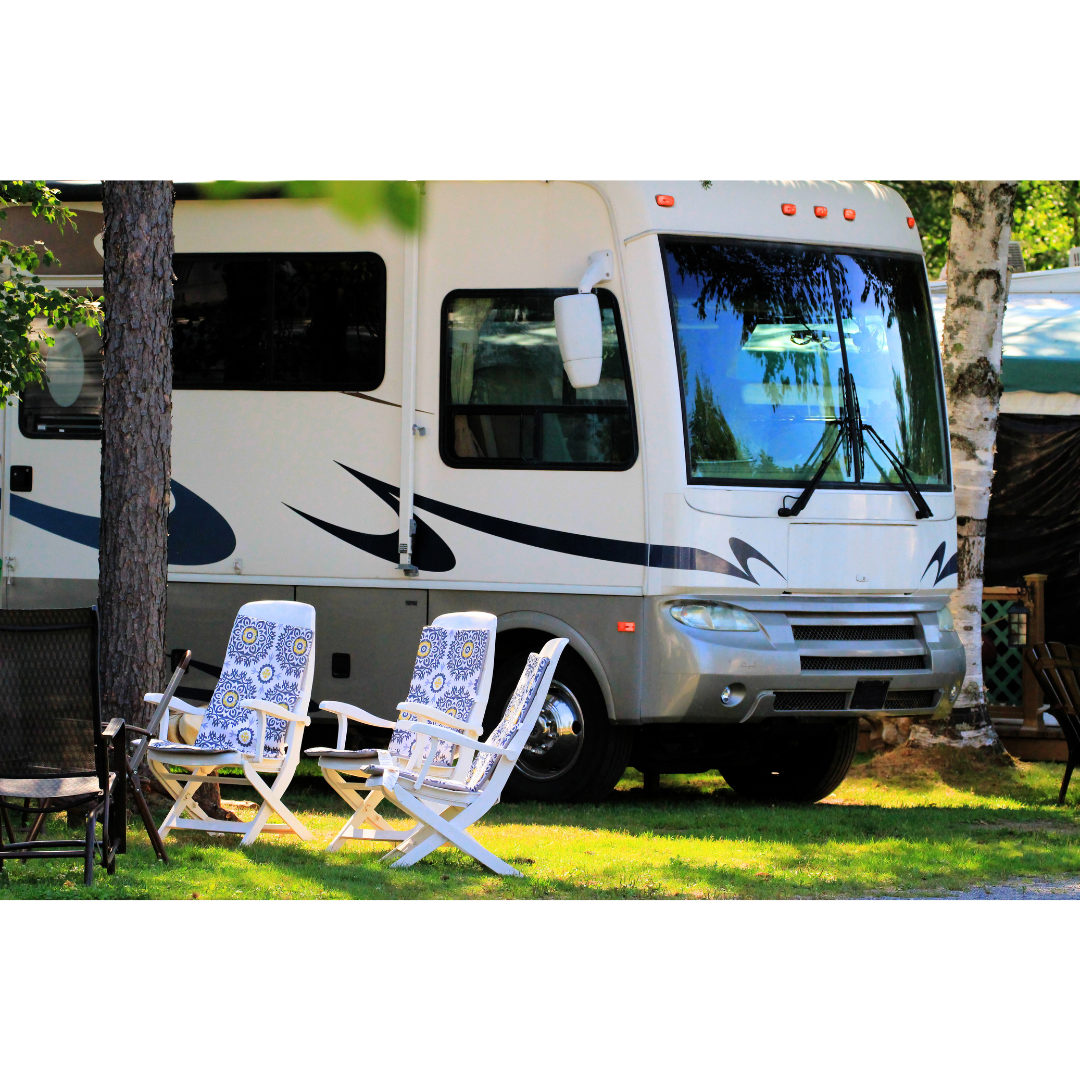Every type of habitat you can imagine may be found in America’s national park system, from the arid Mojave Desert to the lush rainforests of the Pacific Coast. There are also fantastic ways to enjoy them, such as hiking, motorcycling, and simply watching the sunset. Additionally, if you have an RV, you can pull up and set up shop inside the park without having to travel outside, bringing all the conveniences of home with you.
National Park RVing in the USA
Here are some insider suggestions that will make your national park RV journey a smooth ride so you can enjoy your RV camping experience.
1- Select a Park with Accessible, Wide Roads
If you carefully plan your itinerary, getting your RV to your chosen national park destination will not be difficult. Once you get there, the key is to make sure getting about the park is as simple as possible. Having pleasant camping trips isn’t about driving a vehicle through tight turns or over harsh unanticipated terrain.
Planning will prevent you from getting stopped on a challenging route or road, and picking an accessible park will make things easier right away.
2- Plan Ahead and Reserve Your Camping Space
In the national parks of the United States, it can be difficult to find campsites with complete RV hookups, and it can be even more difficult to book them once the season is entirely underway. As soon as you know your travel dates, look for RV campgrounds.
(Reserve Camping Space)
(reserve-camping-space)
Be sure to take into account the various areas’ size restrictions. Remember that depending on the time of day, some locations restrict the use of generators.
3- Keep Up with Road Closures
Road closures outside and Inside Park limits can derail even the best-laid plans and send you in the wrong direction. Even if even the most convoluted detour can eventually be negotiated, being aware of closures beforehand will lessen navigational difficulties and the stress of operating a massive vehicle on unknown roads.
4- Maintain the Budget
The greatest thing you can do for your trip budget is to stock up on groceries and fuel before you enter the park, as gas and supplies increase in price once you enter the park’s gates.
If you run out of staples like coffee or toothpaste, you can get them at park stores, but do your big grocery run well before arriving at the park.
5- Ready Yourself to Dry Camp
The national park system has few full hookups, but it doesn’t mean you can’t camp and benefit from being close to nature. Take the family on a few practice runs beforehand and prepare to dry camp.
The absence of hookups is intentional because RV campgrounds in national parks are located in some of the most picture-taking areas of the country. We can all agree that having a smaller environmental effect is good.
6- Remain Clean on Your Site and Store Food Accurately
Because bears are very active in national parks, bear lockers or other wildlife-proof storage are frequently provided as a requirement for campers.
The most adventurous bears have been known to break into locked automobiles to get food. Thus, several parks request that food (and, in some cases, any scented items like toothpaste and deodorant) not be placed in vehicles.
Conclusion
In addition to all the above-given tips, always clean up after yourself after outdoor cooking and never leave food outside. Aside from being impolite to other campers, acting differently has significant detrimental effects on wildlife and may occasionally necessitate removal or euthanasia.
Contact TNT RV now to get your RVs and campers ready for trips and get all the maintenance and repair services at your home, storage, parks, stables, or any other place you want.








